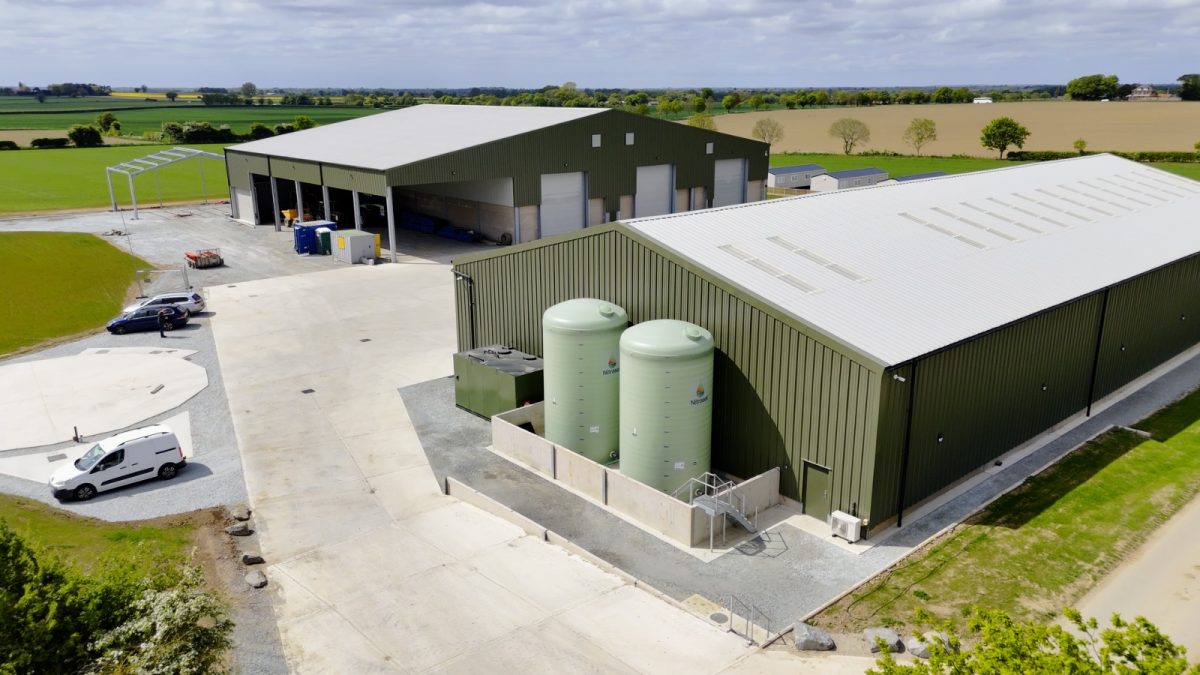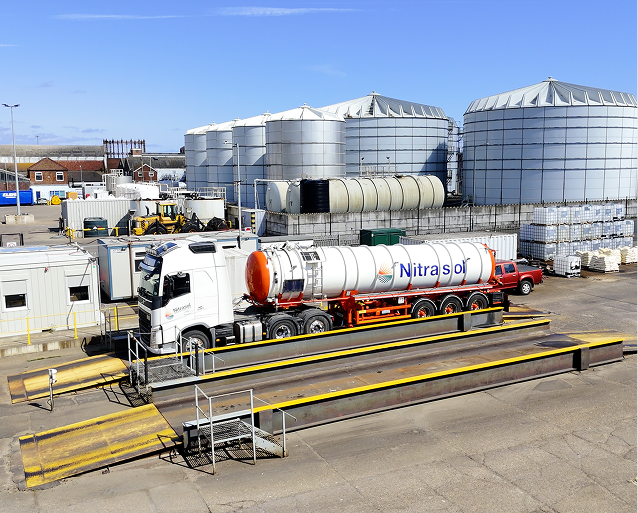Liquid fertiliser application has become increasingly popular across UK farms for its efficiency, ease of use, and potential for improved yields. Compared to granular alternatives, liquid fertilisers offer better precision and quicker nutrient absorption. This makes them especially suitable for modern sustainable farming practices.
However, for farmers who are new to liquid fertiliser or looking to refine their approach, applying it effectively can seem complex at first. This guide breaks down the process into practical, easy-to-follow steps, along with essential dos and don’ts. With the right method, you’ll maximise not only your crop yields but also your return on investment.
Step-by-Step Guide to Liquid Fertiliser Application
1. Choose Your Application Method
There are two primary ways to apply liquid fertiliser:
- Soil application: Directly delivers nutrients to the root zone.
- Foliar feeding: Nutrients are absorbed through the leaves, ideal for quick fixes and micro-nutrient delivery.
Your crop type, growth stage, and nutrient needs will determine which method is best.
2. Calibrate Your Equipment
Precision starts here. Use a well-calibrated applicator or sprayer to:
- Ensure even coverage across the field.
- Avoid under or over-application.
- Reduce environmental impact and save on costs.
Always test your equipment before each use.
3. Check Soil Moisture Levels
Applying liquid fertiliser to dry soil reduces its effectiveness. Moist soil allows better nutrient absorption. Ideally, time your application:
- After natural rainfall.
- Or in conjunction with irrigation systems.
This promotes deeper nutrient penetration to plant roots.
4. Apply According to Manufacturer Guidelines
Follow the specific instructions provided by the fertiliser manufacturer:
- Use the recommended concentration per crop.
- Ensure compatibility with your crop type and growth stage.
- Avoid mixing with incompatible substances that may affect plant uptake or cause blockages.
5. Monitor and Adjust as Needed
Post-application monitoring is crucial. Regularly check your crops for:
- Visible signs of nutrient deficiency or excess.
- Overall health and growth patterns.
Use this data to adapt your fertilisation strategy throughout the growing season.
General Best Practices for Liquid Fertiliser Application
Apply at the Right Time of Day
Timing is everything. The best times to apply liquid fertiliser are:
- Early morning: Stomata on leaves are open, allowing better foliar absorption.
- Late afternoon or early evening: Lower evaporation rates improve effectiveness.
Avoid the midday sun, which can cause nutrients to evaporate before they’re absorbed.
Master Application Technique
Ensure you:
- Maintain a slow forward speed to prevent splash or uneven application.
- Use low pressure for a gentler, more efficient spray pattern.
- Avoid excessive overlap during passes to prevent over-application.
Integrate With Irrigation
If your system allows, apply fertiliser during regular watering cycles. This:
- Helps nutrients reach the root zone faster.
- Minimises plant stress.
- Saves time by combining two essential tasks.
Mistakes to Avoid When Using Liquid Fertiliser
Over-application
More is not always better. Excess fertiliser can lead to:
- Nutrient burn on leaves.
- Soil contamination and nutrient runoff.
- Wasted resources and reduced crop quality.
Always stick to the recommended rates.
Applying During Extreme Weather
Weather conditions heavily influence nutrient absorption:
- Heavy rain can wash away nutrients before they’re absorbed.
- High heat increases evaporation, especially during foliar feeding.
- Strong winds can disrupt even spraying and lead to drift onto unintended areas.
Always check the forecast before planning an application.
Ignoring Soil Health
While liquid fertiliser is effective, it shouldn’t be a replacement for good soil practices. Maintain healthy soil by:
- Incorporating organic matter like compost or cover crops.
- Monitoring pH and structure regularly.
- Avoiding compaction through proper tillage methods.
Neglecting Safety Measures
Liquid fertiliser, while less dusty than granular forms, still poses risks. Always:
- Wear protective gear when handling chemicals.
- Store fertiliser securely and away from water sources.
- Clean equipment thoroughly after use.
Liquid Fertiliser Application – Final Thoughts
Using liquid fertiliser is more than just switching product types—it’s about adopting a strategic, adaptive approach to nutrient management. By calibrating equipment, monitoring weather and soil, and adjusting based on your crops’ responses, you’ll ensure more sustainable, profitable farming.
Looking for Reliable Liquid Fertiliser in the UK?
Nitrasol is a trusted UK provider specialising in nitrogen-based liquid fertiliser solutions tailored to British farms. They offer high-quality, effective products backed by expert advice and support.






